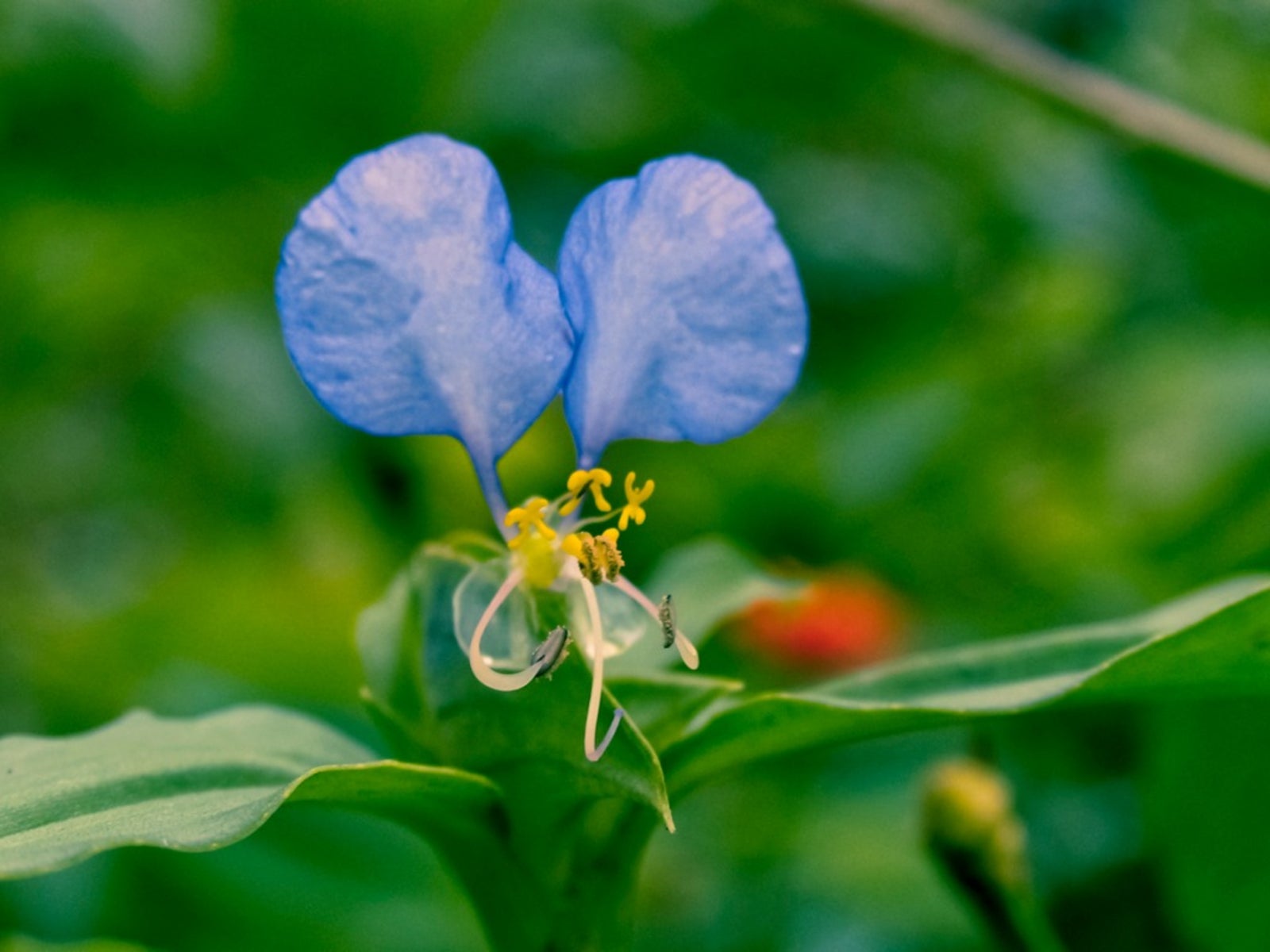Controlling Tropical Spiderwort – Learn About Invasive Tropical Spiderwort Management


For many home gardeners and commercial growers, learning to quickly identify invasive and problematic weeds is essential to maintaining healthy crops. Non-native noxious weeds can be especially troublesome, as they are known to spread and overtake plantings quite quickly. One such weed, called invasive tropical spiderwort, has become a common problem for growers throughout much of the southern United States.
What Are Tropical Spiderwort Plants?
Tropical spiderwort (Commelina Benghalensis) is native to the tropical regions of Asia. Also known as Bengal dayflower, tropical spiderwort weeds are difficult to control due to their ability to spread. Within a short growing season, invasive tropical spiderwort is able to spread through rhizomes, as well as by rooting into the soil from stem segments. Tropical spiderwort plants are also unique in that they are able to produce seeds via flowers which develop both normally and below ground. Without treatment, these plants can multiply and overtake small gardens and portions of fields.
Controlling Tropical Spiderwort
When it comes to controlling tropical spiderwort, there are some options to regain control of your growing space. For those with small gardens, manual control of tropical spiderwort weeds is possible. This should be done by removing the weeds as soon as they emerge from the soil. Not only will this make removing the plant much easier, but it will also ensure that it does not have the opportunity to multiply. Removing mature spiderwort plants may be exceptionally difficult due to their ability to spread under the soil.
The implementation of dense plantings may also help control the presence of tropical spiderwort plants. When plant spacing is diminished, quick growing crops are better able to shade the soil. Without sunlight, tropical spiderwort plants may struggle to establish themselves within the planting.
Tropical spiderwort weeds in larger plantings may prove more difficult to control. In these cases, manual control is often not a realistic option. Commercial growers may have some success with the use of pre-emergent and/or herbicide applications. When choosing to implement these techniques, it will be imperative that growers read and follow the manufacturer’s label closely and carefully. This will ensure that the product is applied safely and properly.
Sign up for the Gardening Know How newsletter today and receive a free copy of our e-book "How to Grow Delicious Tomatoes".

Tonya Barnett has been gardening for 13 years. Flowers are her passion. She has transformed her backyard into a cut flower garden, which she regularly chronicles on her YouTube channel http://www.youtube.com/@tonyawiththeflowers.